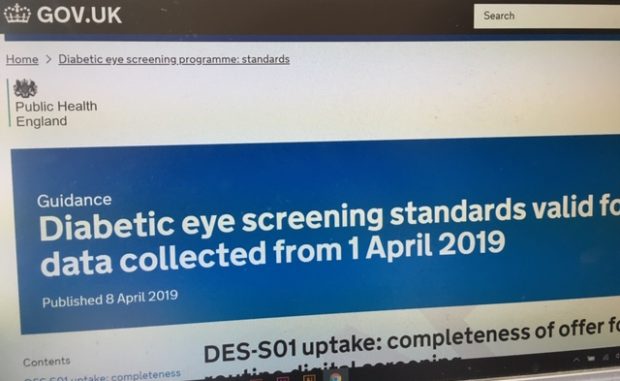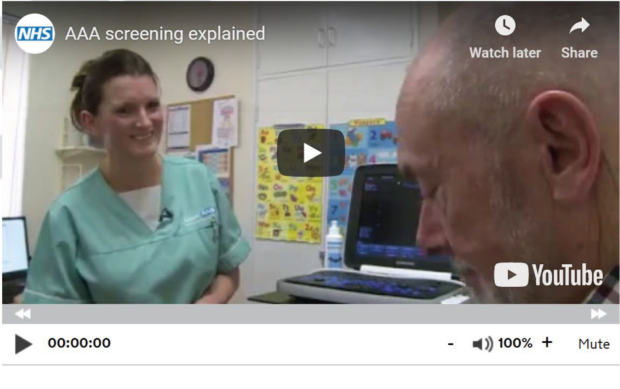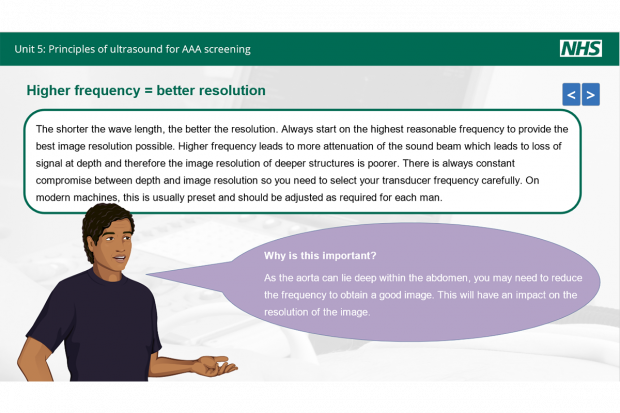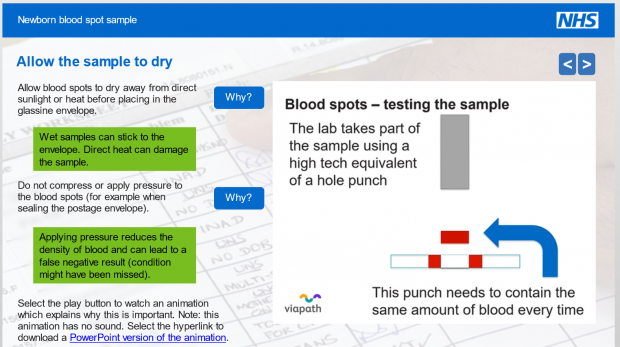Changes ahead for the national screening system
Changes ahead for the national screening system
Details of changes to the national screening system from 1 October, due to the closure of Public Health England.
Details of changes to the national screening system from 1 October, due to the closure of Public Health England.

A round-up of every screening blog we published in May 2019!

The NHS Diabetic Eye Screening Programme has published revised national pathway standards that apply to all data collected from 1 April 2019 onwards.

The sickle cell and thalassaemia screening support service provides advice on when antenatal screening results involving a raised level of Hb F, the fetal version of haemoglobin, should be followed up.

This is the second in a series of blogs we're running by Rob Music, chief executive of Jo’s Cervical Cancer Trust. The focus of this one is on raising awareness of human papillomavirus (HPV) with the upcoming roll-out of HPV primary screening.

Julie retires after 5 years leading the Newborn Blood Spot Failsafe Solution (NBSFS) project.

The Dorset and Wiltshire AAA Screening Service has developed a short film, available to view on YouTube, to explain the screening process.

Moving towards digital methods for providing screening information presents an opportunity for us to be innovative and add value to local screening services.

We have refreshed and updated the 2 national e-learning units for screeners in the NHS AAA Screening Programme.

We’ve launched a new e-learning module on blood spot screening samples that explains what could happen if a baby has a poor quality sample. Check it out today!

Simple guidance for local screening services that place orders for national leaflet deliveries to ensure stock does not go missing or undelivered.